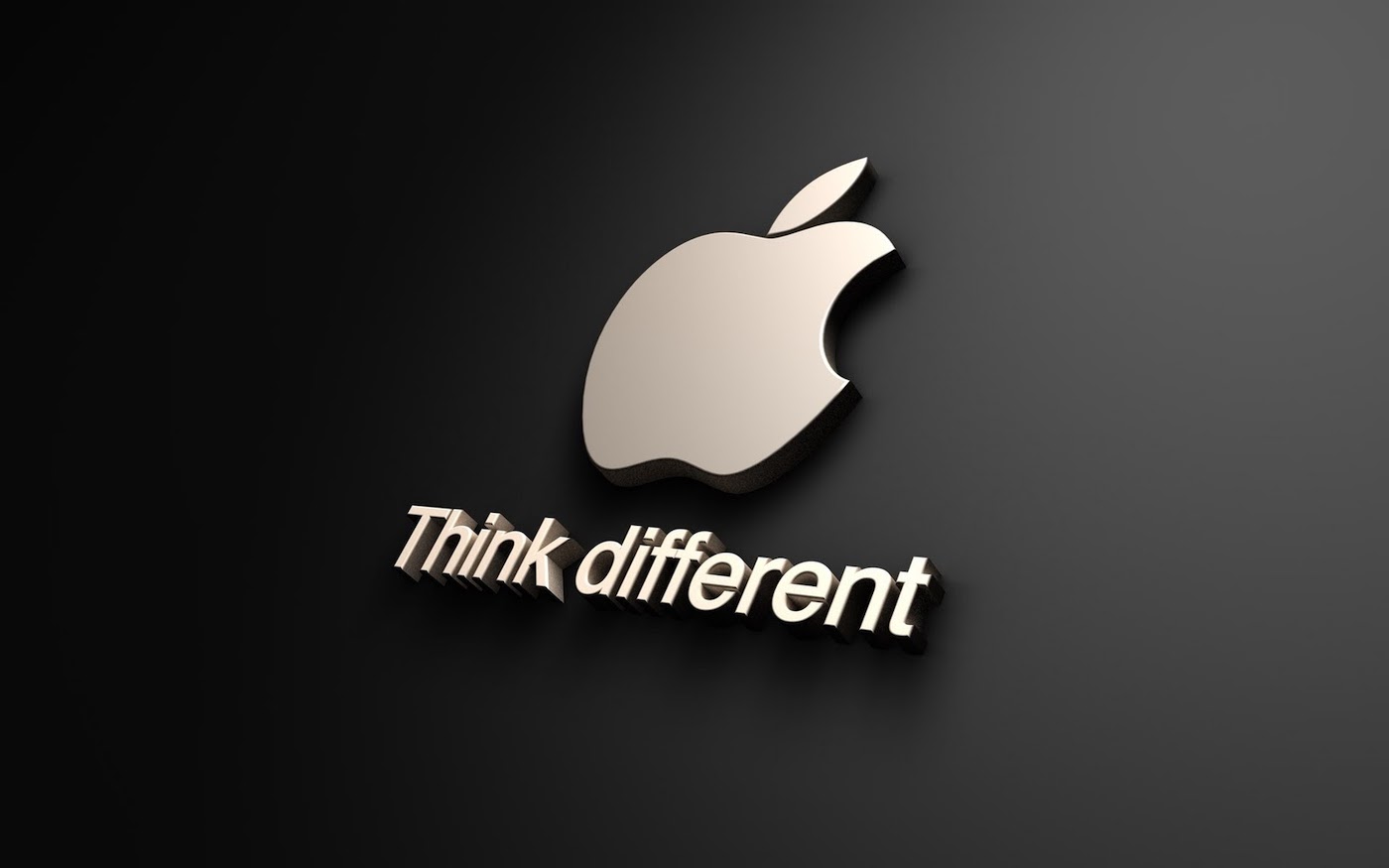The case against Apple from a former Apple enthusiast

I’ve been a religious Apple user from the beginning. My first smartphone was an iPhone. I still remember when I got my first iPod and how much I loved it. I’ve used the entire Apple suite: iPhone, MacBook Pro, iPad, and Apple Watch. I loved the simplicity of the operating systems and user interfaces of Apple products. I loved how smoothly my data, programs, and passwords synced together across my devices.
But lately, I’ve been feeling the itch. You know—the one you get when it’s time to break up with someone. The truth is, I don’t feel like I can justify my allegiance with Apple any longer. I’m sure there are plenty of purists ready to take up arms to defend the Apple way of life. But there are three big reasons I’m ready to make the switch to another brand.
1. The unjustified expense of Apple products
Plenty of tech is pricey these days, but costs for Apple products sit above the rest. The “economical” iPhone XR costs a whopping 15 percent more than the iPhone 7, and the most expensive model of the iPhone XS Max costs $1,449. Did I mention that the top-tier model of the new iPad Pro costs $1,899?
It seems like lots of people aren’t feeling Apple’s price points. Faced with sputtering iPhone sales, Apple launched a “sale” shortly after the release of the new iPhone XR. It wasn’t exactly a sale, but rather that Apple raised the trade-in values of old iPhones to up to $300.
It’s not just the devices that cost a lot either; maintenance and repairs on Apple tech are a huge expense, largely because Apple pushes its own repair program so hard. Until 2017, going for a cheaper third-party screen repair for an iPhone could void your warranty. And just last year, the company released software for MacBook Pro computers that could effectively kill a device that goes to a non-Apple repair shop. The software doesn’t seem to be active yet, but it doesn’t bode well.
2. The arrogance of Apple as a brand
Apple is notorious for its arrogance as a brand, and I’ve put up with it until now. I faithfully endured the challenges I faced when Apple stopped making the MacBook with HDMI ports, took away the headphone jack from my iPhone, and even when the company refused to use USB-C charging ports on the latest iPhone models. But now, I’ve had enough. Once Apple decided to get rid of the beloved Touch ID, instead opting for a boring, minimal bezel design with an obnoxious notch occupying the top of the screen, I couldn’t stand it any longer. Apple calls it branding, but I call it arrogance.
Apple also highly limits certain apps on its operating systems. Even though Microsoft Word and Excel finally work fine on MacOS after the update to Office 2016 for Mac, Apple still doesn’t offer other Microsoft apps like Access and Publisher. This cultivated exclusivity reaches into security, too, to the extent that some VPN protocols don’t work on Apple devices.
At this point, sticking with a company that seems more committed to its brand image than its consumers’ needs feels counterproductive.
3. Apple just isn’t the innovative tech giant it was 10 years ago
Ten years ago, Apple was widely known as a leader in innovation for its products. I remember how the iPod changed everyday life. I used to try to shove a giant CD player into my pocket when mowing the lawn, but when the iPod was released, I had a much lighter, card-sized iPod that could store my entire music library.
Then came the iPod Touch and the iPhone, which led the way in the smartphone era. There’s no denying that the iPhone has had a tremendous influence on life as we know it. Today, smartphones aren’t a luxury—they are standard.
However, Apple’s innovation has significantly slowed in the past few years. Instead of leading the industry with the release of new products and technologies, the company now seems to be following. Here are just a few examples of Apple’s decline in innovation:
- Android now leads the iPhone in some big areas, including camera software. Apple’s largest advantage is its simple user interface—and Android is even closing the gap in that regard. And let’s not even get into how Siri stacks up against Google Assistant.
- Apple was way behind in the wireless charging movement. Wireless charging, which has been available on Android phones for years, was just incorporated into the iPhone in the last year or so.
- Microsoft is on the leading edge of hybrid tablet-laptop computers. The Microsoft Surface Pro changed the way that many people view tablets. On the other hand, Apple only recently released the iPad Pro, which still can’t really compete with the Surface Pro.
- The wearables industry is yet another example of Apple following rather than leading. The Apple Watch was released well after other smartwatches had hit the market. I made the unfortunate mistake of switching from my Fitbit Blaze to an Apple Watch two years ago, and I regretted it almost immediately. In my opinion, the Fitbit’s fitness tracking abilities far exceed that of the Apple Watch, and I don’t even use many of the third-party apps available on the Apple Watch because they’re honestly a pain.
So there you have it. Three big reasons why this religious Apple user is ready to finally make the switch. Today’s tech landscape is so varied and full of innovation, so there’s no point in putting brand loyalty above usability. From now on, I’m going with the tech that does what I need it to for a price that won’t be more than my rent. And maybe one day that’ll be Apple again—but probably not any time soon.